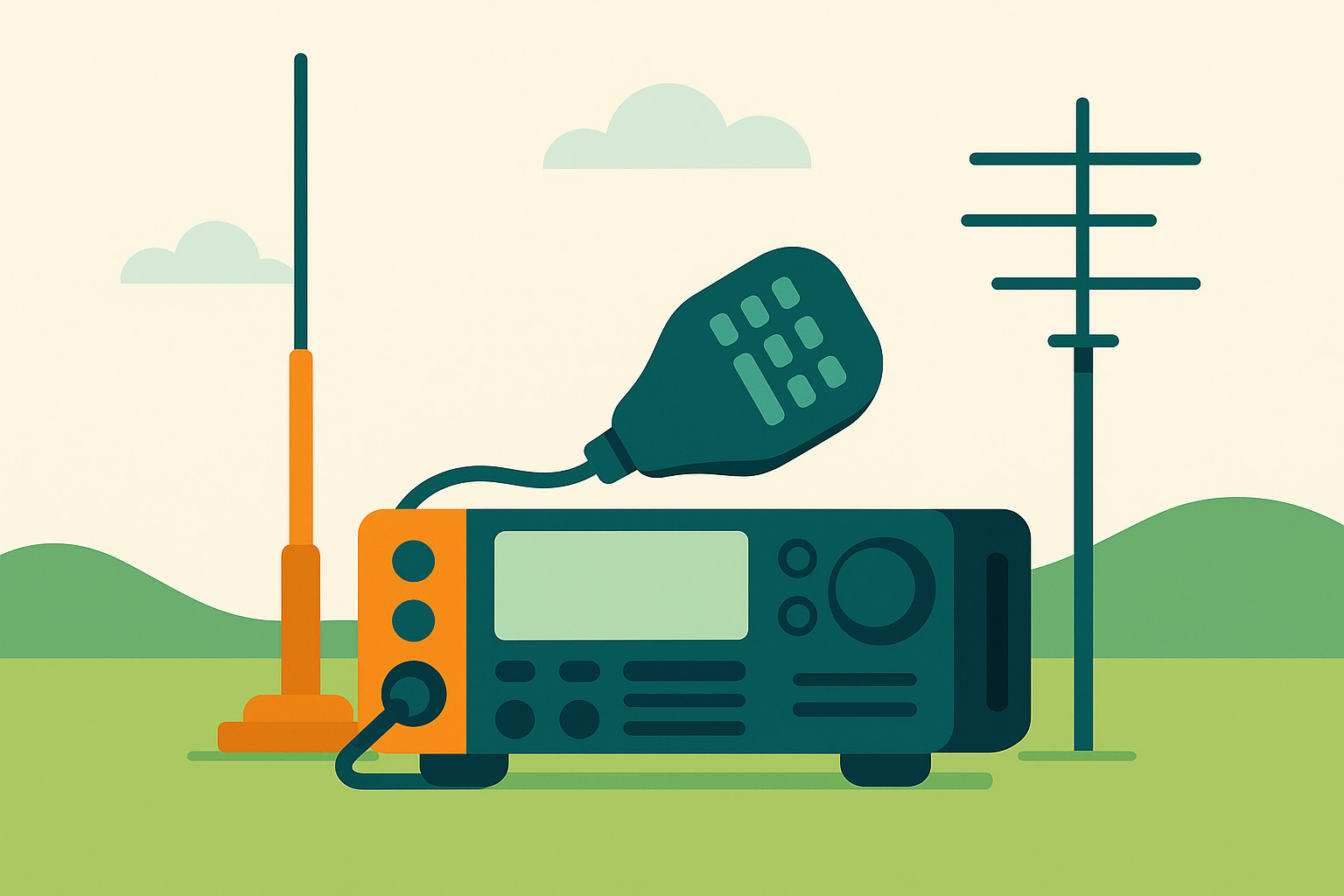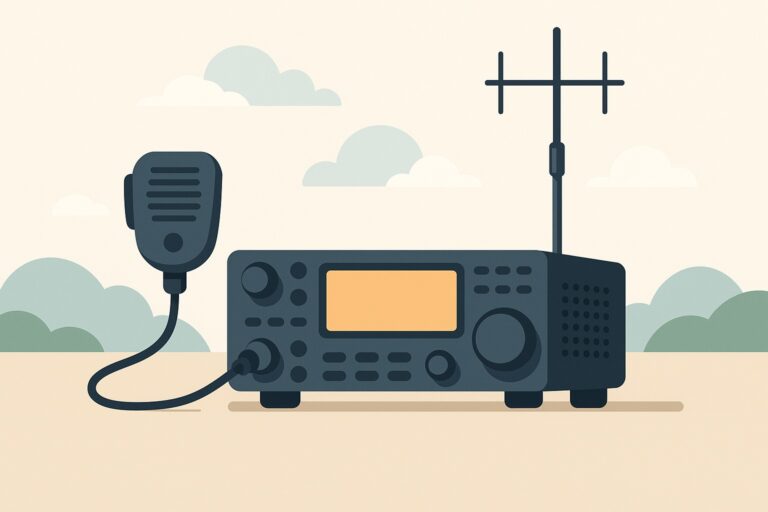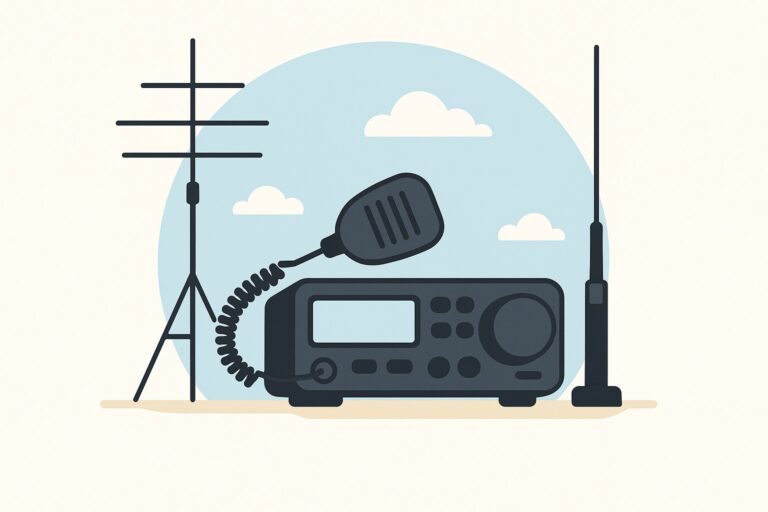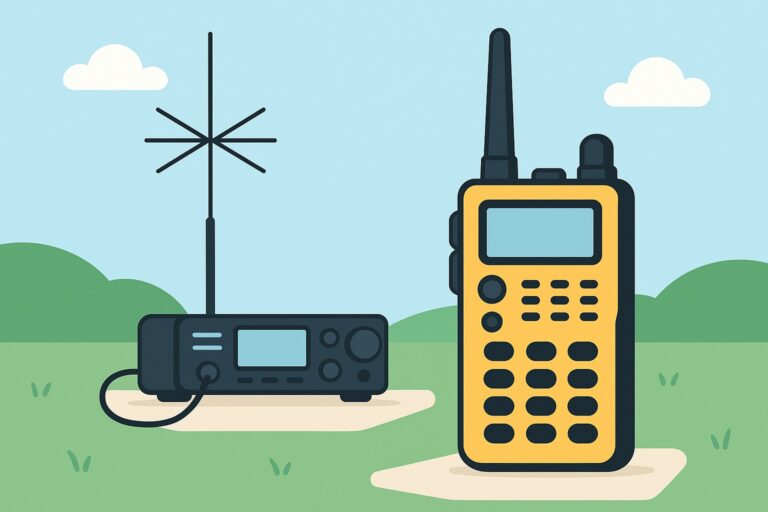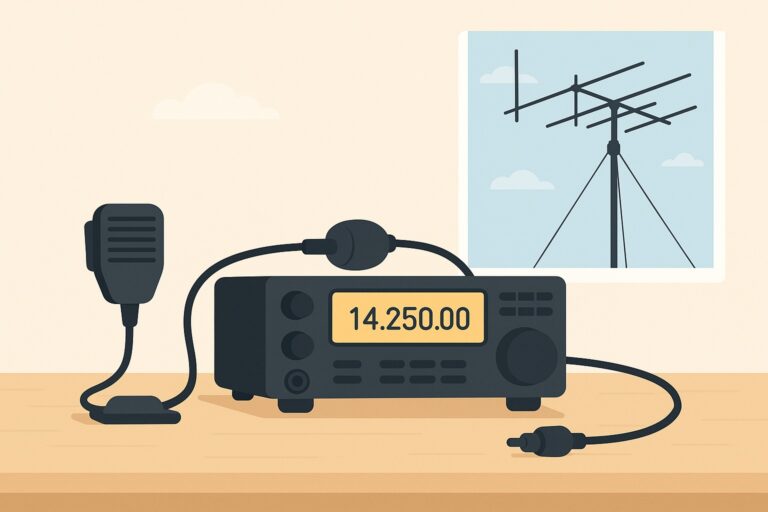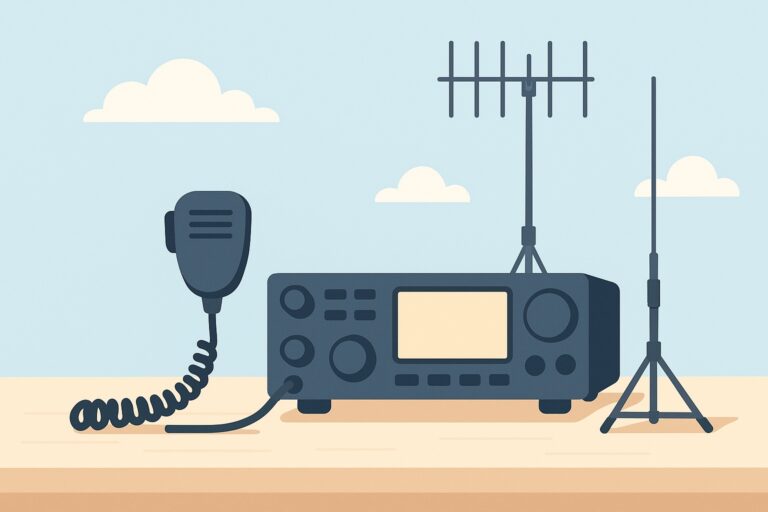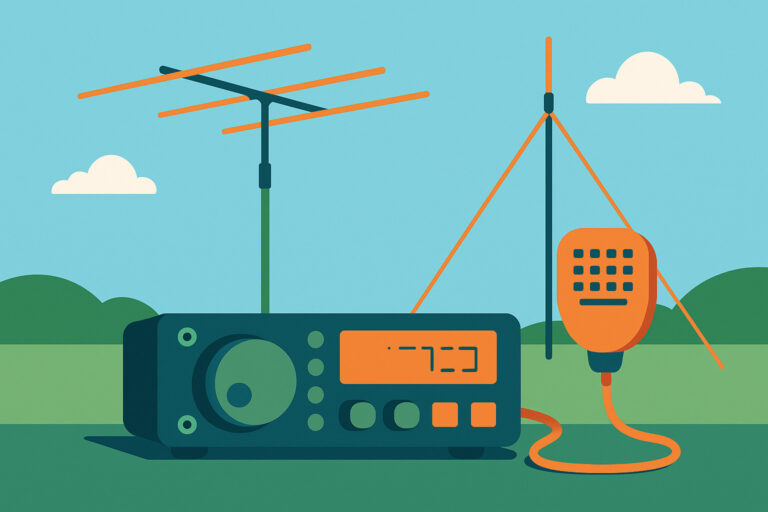Understanding HF vs VHF/UHF: Which Band Is Right for You?
Whether you’re aiming for a new DX record or hoping to chat with local hams, choosing between HF, VHF, and UHF bands can be one of the most important decisions in your ham radio journey. Each band has unique characteristics and advantages, so understanding their differences helps you get the most from your equipment, your operating time, and your passion for amateur radio.
Understanding HF vs VHF/UHF: Which Band Is Right for You?
Introduction to Amateur Radio Bands
Amateur radio operators have access to a wide variety of frequency bands, each designed for specific types of communication. These bands are grouped into categories based on their frequency ranges: High Frequency (HF), Very High Frequency (VHF), and Ultra High Frequency (UHF). Each of these bands offers unique opportunities and challenges, shaping how and where you can connect with other radio enthusiasts.
HF bands are prized for their ability to reach listeners across continents, while VHF and UHF bands are often relied upon for local and regional communication. The choice of band affects everything from the equipment you use to the propagation characteristics you’ll experience. By understanding the fundamentals of each band, you’ll be better equipped to make informed decisions for your operating goals and interests.
The world of amateur radio is full of possibilities, and knowing what each band offers is the first step toward finding your ideal operating style.
High Frequency (HF) Bands: Characteristics and Uses
The High Frequency (HF) spectrum spans from 3 MHz to 30 MHz and is fundamental to long-distance amateur radio communication. HF bands (3-30 MHz) are ideal for long-distance communications, often spanning continents. This capability is especially valuable for those who enjoy contacting operators in distant countries or participating in international contests and DXpeditions.
One of the most exciting aspects of HF communication is skywave propagation. HF signals can bounce off the ionosphere, allowing for long-distance communication (skywave propagation). This means your signal can travel thousands of miles, making global communication possible even with modest equipment and antennas.
The HF bands are divided into several popular segments, each with its own characteristics:
- 80 meters (3.5-4.0 MHz): Reliable for nighttime contacts and regional nets.
- 40 meters (7.0-7.3 MHz): Offers a balance between local and medium-distance communication, with good performance day and night.
- 20 meters (14.0-14.35 MHz): The 20-meter band (14.0-14.35 MHz) is known for long-distance communication, especially during the daytime.
- 15 and 10 meters (21.0-21.45 MHz, 28.0-29.7 MHz): Excellent for DX during periods of high solar activity, often supporting worldwide contacts with low power.
HF operation typically requires larger antennas and more attention to propagation conditions, but the rewards are tremendous for those who enjoy the thrill of making distant connections.
Very High Frequency (VHF) and Ultra High Frequency (UHF) Bands: Characteristics and Uses
While HF bands are the go-to for globe-trotting signals, VHF and UHF bands are the backbone of reliable local and regional amateur radio communication. VHF bands (30-300 MHz) are commonly used for more localized communication, great for connecting with others in your region or city. The most popular VHF band among hams is the 2-meter band (144-148 MHz), which is widely used for everything from casual QSOs to emergency communication and public service events. The 2-meter band (144-148 MHz) is one of the most widely used VHF bands for local contacts.
Moving up the spectrum, UHF bands (300-3000 MHz) offer primarily local communication but are slightly better for urban environments where signals must penetrate buildings or other obstacles. This makes UHF a strong choice for operators in densely populated areas or those who participate in repeater networks.
Both VHF and UHF are well-suited for:
- FM voice communication: Clean audio quality and easy access via handheld and mobile radios.
- Repeaters: Extending the reach of your signal across cities or regions.
- Emergency communications: Reliable, quick setup for local disaster response.
- Special modes: Digital voice, packet radio, and satellite work.
VHF and UHF bands generally operate via line-of-sight, meaning your signal travels straight and is limited by obstacles like mountains or buildings. This makes antenna placement and height especially important for maximizing coverage.
Comparing HF and VHF/UHF: Pros and Cons
Choosing between HF and VHF/UHF bands depends on your communication goals, operating environment, and available equipment. Let’s explore the strengths and limitations of each to help clarify your decision.
HF Bands: Pros
- Global Reach: Thanks to ionospheric propagation, HF enables long-distance contacts, making it ideal for DXers and those seeking international QSOs.
- Variety of Bands and Modes: From digital to voice to CW, HF supports a wide array of communication modes and activities.
- Community and Contesting: The HF bands host major contests and special event stations, fostering a vibrant international community.
HF Bands: Cons
- Larger Antennas Required: HF operation often necessitates more space and larger antennas, which can be challenging in urban environments.
- Susceptibility to Noise: Electrical interference and atmospheric noise can impact HF more than higher frequencies, sometimes making copy difficult.
- Variable Propagation: Communication quality on HF can change rapidly with time of day, solar cycle, and geomagnetic activity.
VHF/UHF Bands: Pros
- Reliable Local Communication: Perfect for connecting with nearby hams, participating in nets, or supporting public service activities.
- Compact Equipment: Smaller antennas and radios make VHF/UHF ideal for portable, mobile, or handheld operation.
- Cleaner Signals: FM and digital modes on these bands often provide crystal-clear audio with minimal interference.
- Urban Performance: UHF in particular excels in built-up areas due to its ability to penetrate buildings.
VHF/UHF Bands: Cons
- Limited Range: VHF and UHF bands generally operate via line-of-sight, meaning your signal travels straight and is limited by obstacles like mountains or buildings.
- Dependent on Repeaters: For extended range, many operators rely on repeater networks, which may not always be available.
- Less DX Opportunity: While rare propagation events can extend VHF/UHF range, these bands are generally used for local contacts.
Choosing the Right Band for Your Needs
Selecting the best band for your operating style comes down to understanding your personal goals and local environment. If you’re eager to explore long-distance contacts and enjoy the strategy of working with changing band conditions, HF will likely be your playground. Remember, HF bands (3-30 MHz) are ideal for long-distance communications, often spanning continents, thanks to ionospheric propagation.
On the other hand, if you value reliable, day-to-day communication with local clubs or want to participate in emergency services and public service events, VHF and UHF are practical choices. VHF bands (30-300 MHz) are commonly used for more localized communication, great for connecting with others in your region or city, while UHF bands (300-3000 MHz) offer primarily local communication but are slightly better for urban environments where signals must penetrate buildings or other obstacles.
Consider these questions as you decide:
- Do you have the space for larger HF antennas, or is a compact VHF/UHF setup more practical?
- Are you more interested in making friends locally or reaching operators around the globe?
- What kind of operating activities excite you most — DXing, contesting, emergency comms, or ragchewing?
- Is reliable communication during emergencies a priority for you?
Ultimately, many hams find joy in blending both worlds — using HF for global exploration and VHF/UHF for everyday connections and local service. As you gain experience, you’ll develop preferences that reflect your operating style and interests. For more tips, resources, and guides about amateur radio bands, visit https://hamradioplayground.com and join our community of passionate radio enthusiasts.

